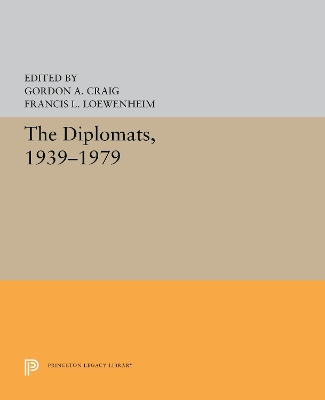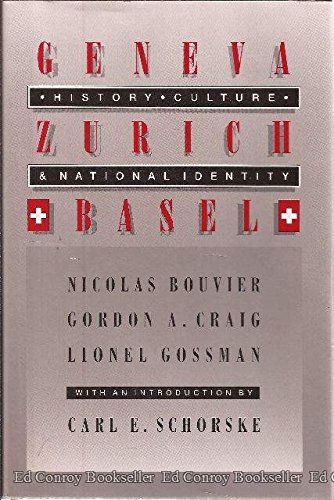Princeton Legacy Library
1 primary work • 2 total works
Book 5256
This volume offers a unique perspective on a turbulent and dangerous age by focusing on the activities and accomplishments of its diplomats. Its twenty-three interconnected essays discuss the politics of ambassadors, foreign ministers, and heads of state from Acheson and Adenauer to Sadat and Gromyko, as well as the special problems of the professionals in the foreign offices and the role of the media in modern diplomacy. Among its contributors are such distinguished international scholars as Akira Iriye, Michael Brecher, Stanley Hoffmann, W. W. Rostow, and Norman Stone.
Expanding the field of inquiry covered by its acclaimed predecessor, The Diplomats, 1919–1939, which concentrated on Europe and the coming of the Second World War, these essays showcase the major diplomatic practitioners of the period against the broader background of the problems and crises that confronted them—among others, the Polish question at the end of World War II, the onset of the Cold War, the defeat of EDC in 1954, the Suez crisis, Kruschchev's Berlin note in 1958, the Middle East War of 1967 and the oil shock of 1973, the Iranian revolution, and the Soviet invasion of Afghanistan. This account of the pendular swing from crisis and detente and back again is given a global perspective by careful treatment of the diplomacy of new nations like India, Communist China, and Israel, and the transformation of the Middle East and Japan.
Among the new perspectives offered here are Geoffrey Warner's critical view of Ernest Bevin's attitude toward the United States, John Lewis Gaddis's judgment of Henry Kissinger's detente policy, W. W. Rostow's analysis of the diplomatic method of Paul Monnnet, Rena Fonseca's assessment of Nehru's policy of nonalignment, Shu Guang Zhang's fresh look at the relationship between Zhou Enlai and Mao, and Paul Gordon Lauren's critique of U.N. crisis management from Trygve Lie to Perez de Cuellar. Highly original also are Steven Miner's portrait of Molotov, Michael Brecher's pioneering study of the diplomacy of Abba Eben, and James McAdams's analysis of German Ostpolitik.
Originally published in 1994.
The Princeton Legacy Library uses the latest print-on-demand technology to again make available previously out-of-print books from the distinguished backlist of Princeton University Press. These editions preserve the original texts of these important books while presenting them in durable paperback and hardcover editions. The goal of the Princeton Legacy Library is to vastly increase access to the rich scholarly heritage found in the thousands of books published by Princeton University Press since its founding in 1905.
Finally, Lionel Gossman explores the conciliatory Basel of Erasmus, showing how vigorous independence, resourcefulness and remembrance of its humanist traditions shaped the city's culture and economy.

